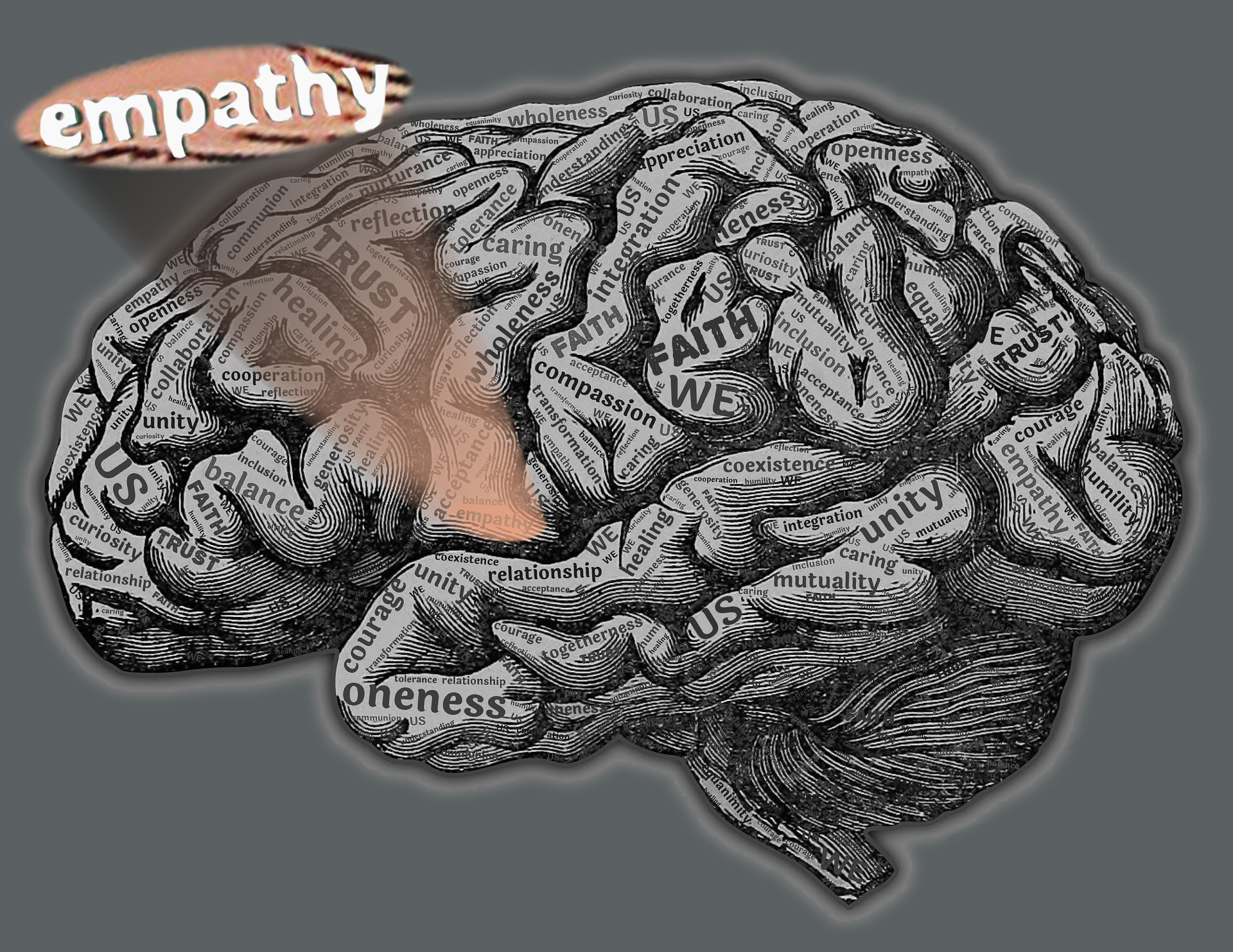TiE Pune Healthcare Summit
Anand Palsodkar delivered a talk on Design with Empathy for Patients at the TiE Pune Healthcare Summit that took place on 27 October 2018.
TiE is world’s largest network of entrepreneurs that works towards fostering growth. The purpose of this Summit is to bring together like minded experts to promote thought leadership and exchange of ideas and to position Pune as the Healthcare hot-spot.
Organised by Pune Chapter of TiE, this annual Healthcare Summit was well attended by healthcare eco-system including Industry bodies, Incubators, Government and Public Policy experts as well as Investors.
Anand Palsodkar is Design Director at Elephant and heads Product Innovation vertical.
Ladies Wine & Design
Mayuri Nikumbh shared her experiences as a Woman in Creative Profession at the Ladies Wine & Design Pune kick-off event on 27 October 2018 organised by a group of young designers & design students.
LW&D is an initiative started by designer Jessica Walsh to empower creative ladies around the world after she realised that only a small percent of creative directors are women, and she would like to help change this through mentorship circles, portfolio reviews & talks.
Mayuri Nikumbh is Design Director at Elephant and heads Product Innovation vertical.
DesignUp
Ashish Deshpande participated in a panel discussion on Leading Design at the DesignUp conference that took place in Bangalore on 25-27 October 2018. This annual conference is focussed on Design-intech & Design-for-tech.
The panel also included Jurgen Spangi (Atlassian), Anjali Desai (Intuit), Amy Huang (RedMart) and Daniel Burka (Google Ventures). Discussions revolved around Ux, Product Innovation, Emergent Tech & more.
DesignUp started in 2016 with the idea of raising the design agenda within tech companies and tech-led businesses.
Ashish Deshpande is Co-founder, Director at Elephant and leads Product Design & Retail Experience verticals.










